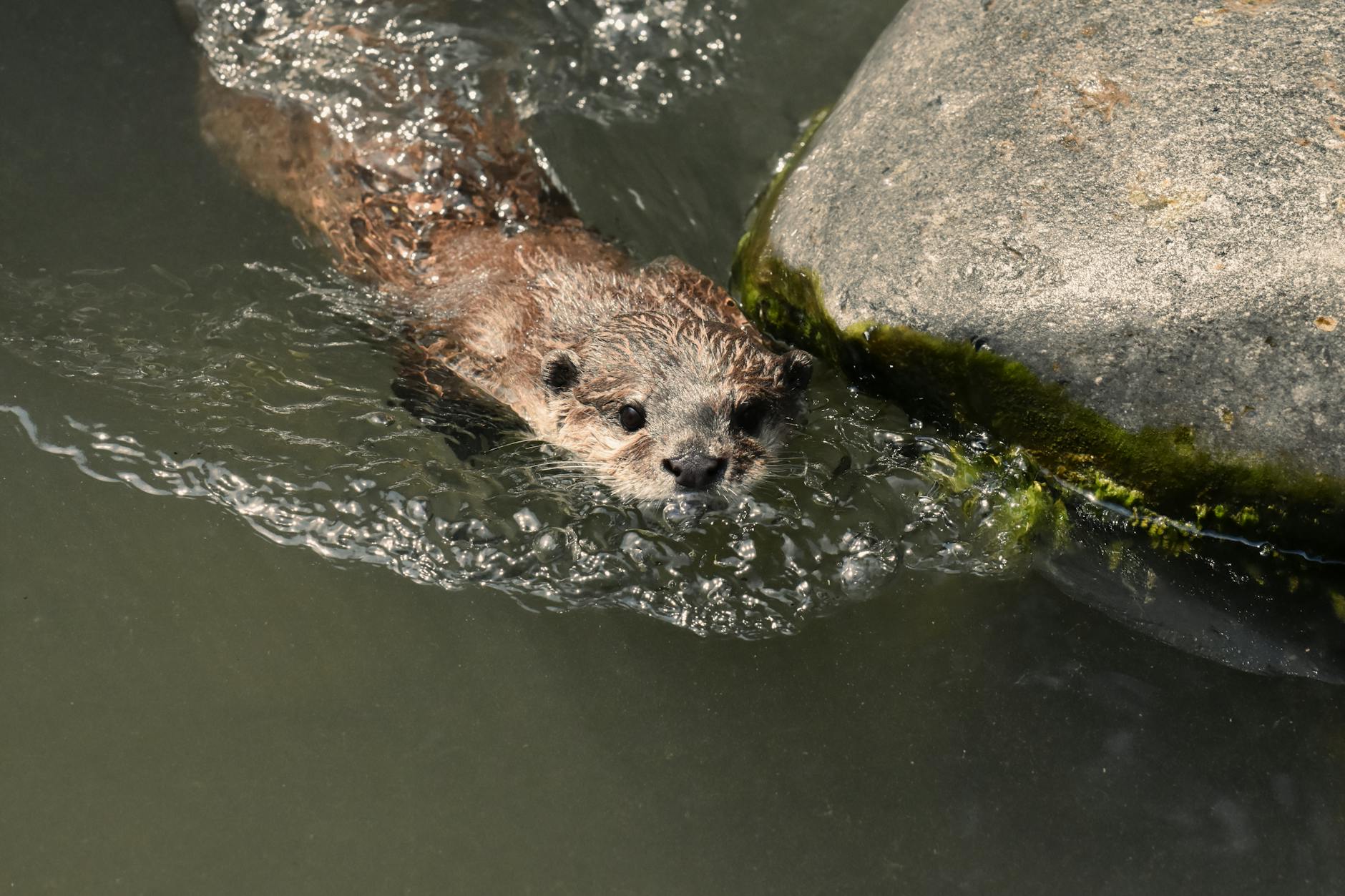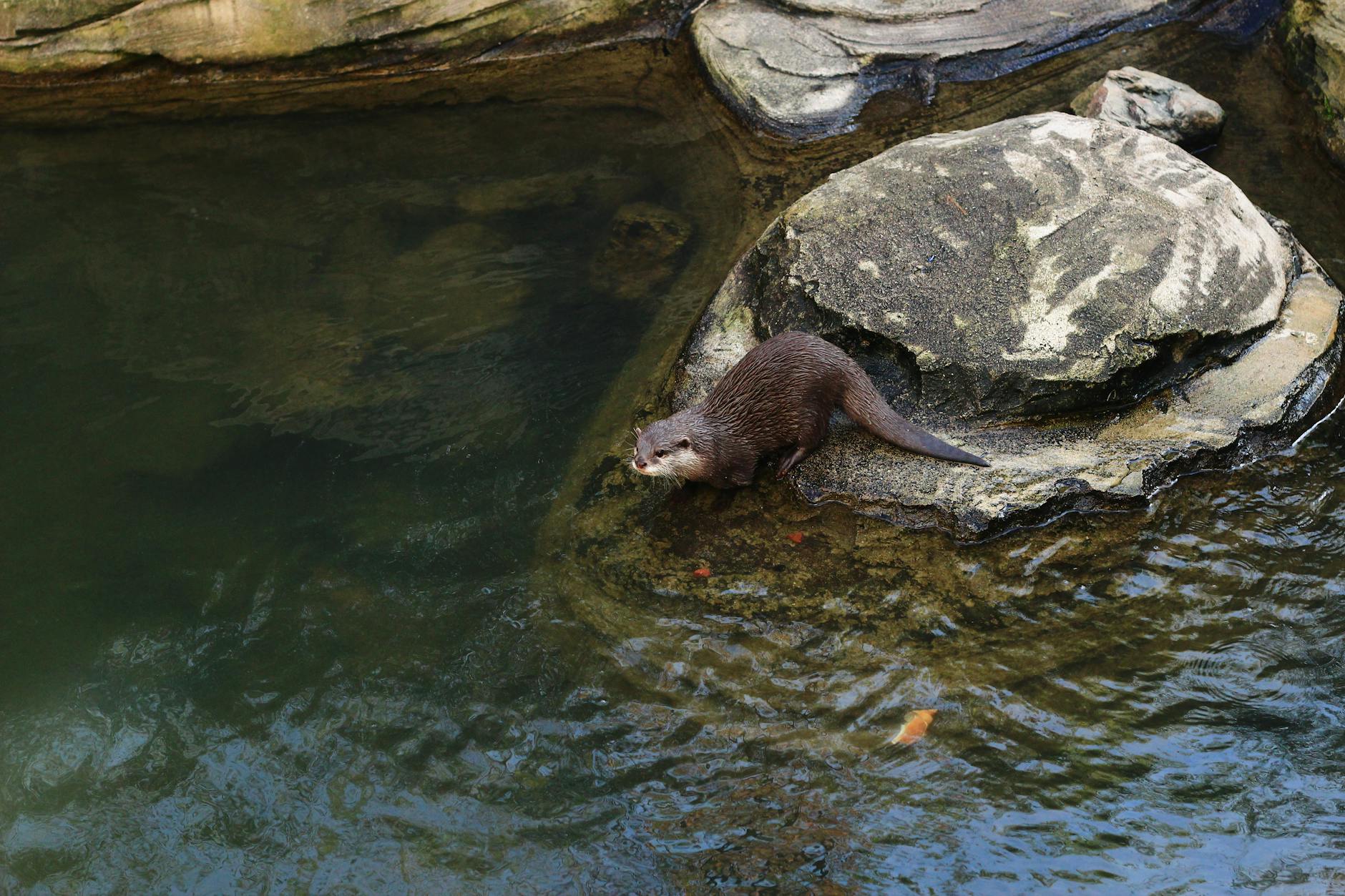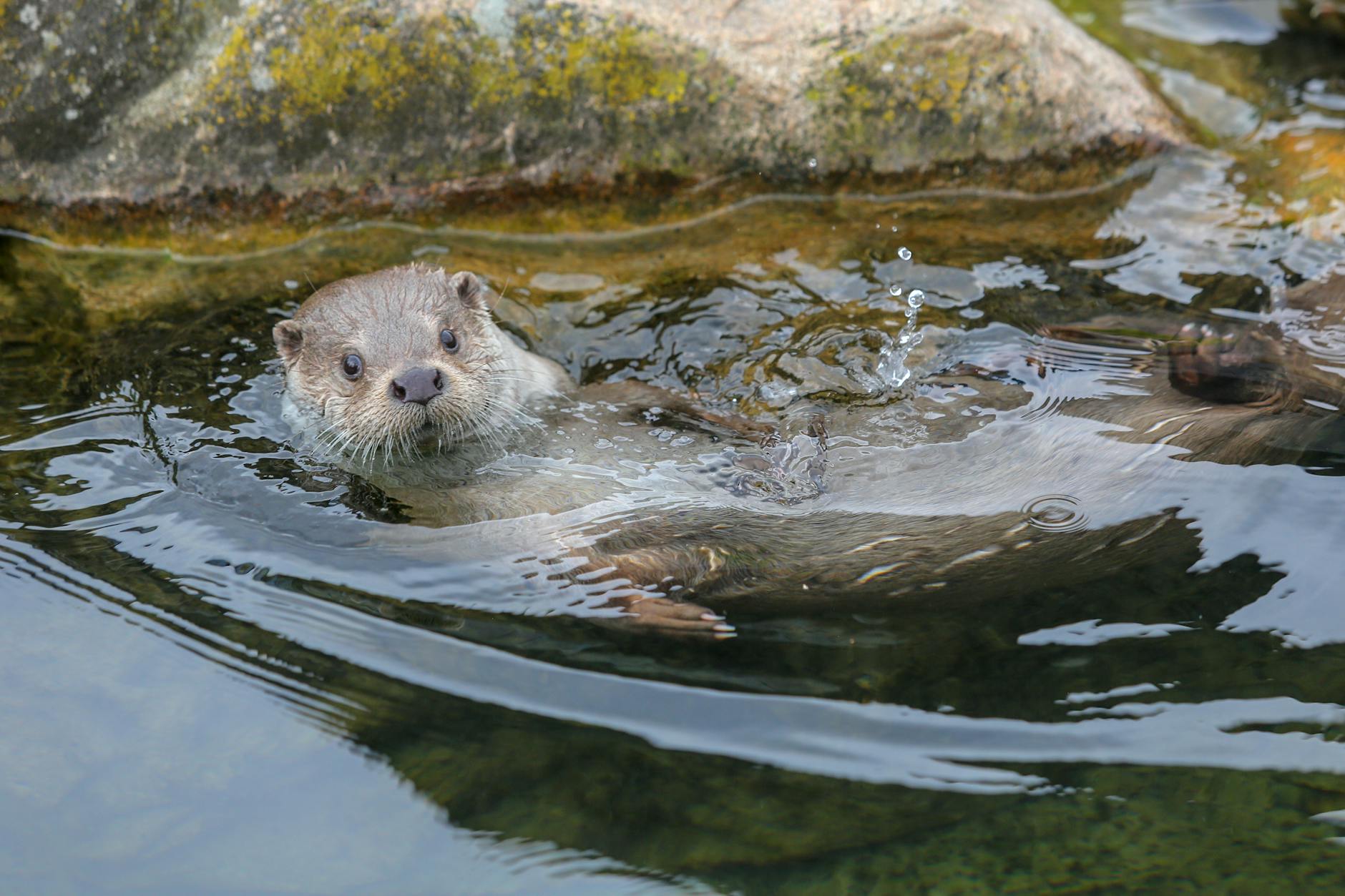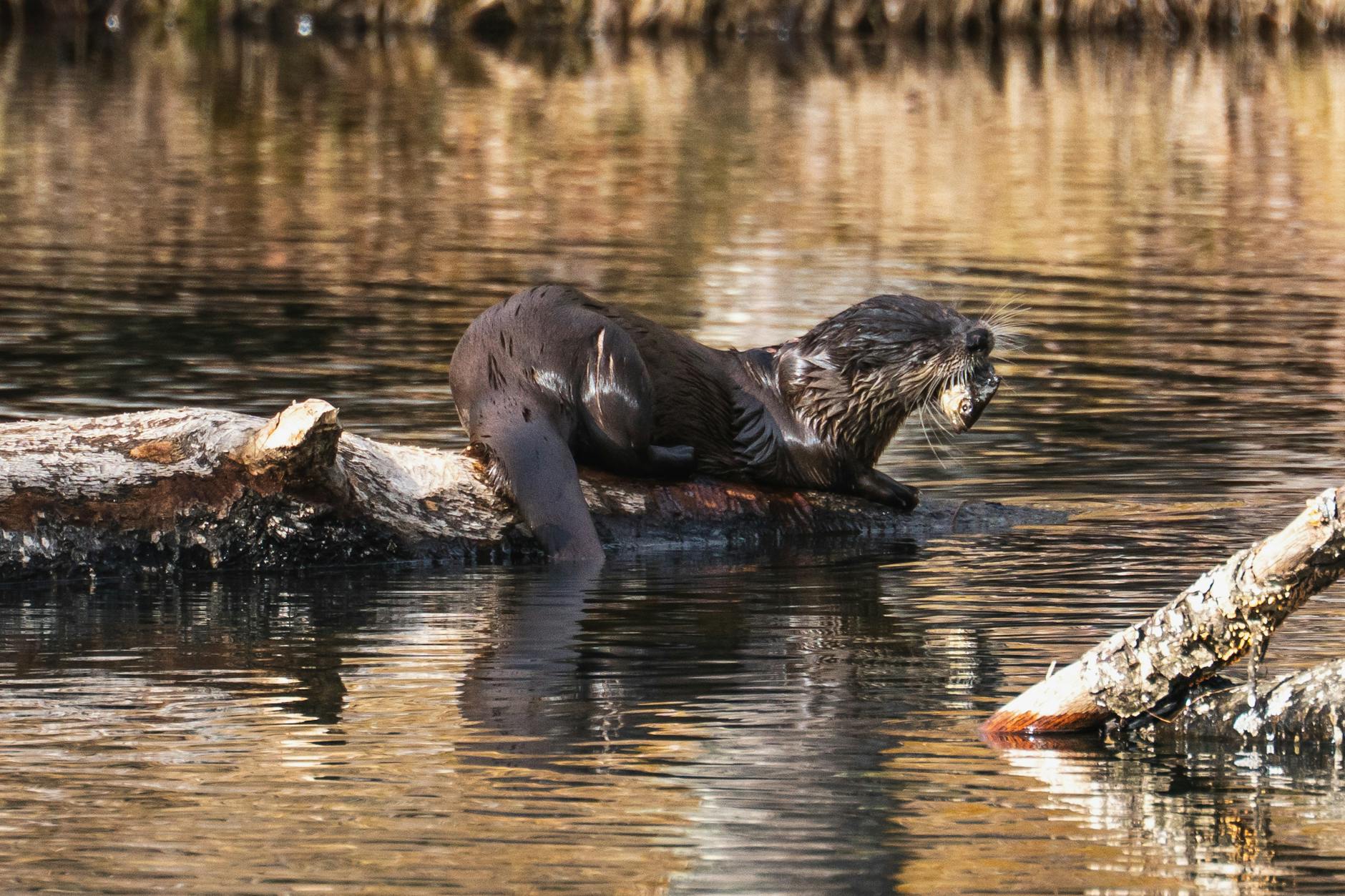

The North American river otter (Lontra canadensis) is a fascinating semi-aquatic mammal native to North America. These charismatic creatures are known for their playful behavior, incredible swimming abilities, and important role in aquatic ecosystems.
River otters are members of the weasel family (Mustelidae) and are perfectly adapted for life in and around water. With their streamlined bodies, webbed feet, and thick fur, they are among nature's most efficient swimmers.


River otters are found throughout North America, from Alaska and Canada down to the Gulf Coast states. They inhabit a variety of aquatic environments including:
River otters require clean water with good fish populations and nearby forested areas with dense vegetation for denning. They typically establish their homes in burrows along the water's edge, often taking over abandoned beaver lodges or muskrat dens.

River otters are renowned for their playful behavior. They engage in games like sliding down muddy or snowy banks, wrestling with each other, and playing with rocks or sticks. This play serves important social and developmental functions.

River otters are social animals that often live in family groups. Females raise their young together, and siblings may stay with their mother for up to a year. Males are often solitary but may form bachelor groups.

Primarily crepuscular and nocturnal, river otters are most active during dawn and dusk. They spend significant time grooming their fur, which is essential for maintaining their waterproof insulation.

Otters communicate through various vocalizations including chirps, whistles, growls, and screams. They also use scent marking to communicate with other otters about territory and reproductive status.

Equipped with webbed feet, a muscular tail, and the ability to close their ears and nostrils, river otters can dive up to 60 feet deep and hold their breath for up to 8 minutes while hunting underwater.

River otters maintain territories ranging from 3 to 15 miles along waterways. They mark boundaries with scat (droppings) at prominent locations called "latrines" which serve as communication posts.
River otters are carnivorous predators with a diverse diet that varies by season and habitat. They are opportunistic hunters with impressive aquatic skills.
Did you know? River otters need to eat 15-25% of their body weight daily to maintain their high metabolism and energy levels!

IUCN Red List Status
River otters were once threatened throughout much of their range due to unregulated trapping for their fur, habitat destruction, and water pollution. By the mid-20th century, they had disappeared from large portions of their historic range.
Thanks to conservation efforts, including:
River otter populations have made a remarkable comeback. They now inhabit most of their historic range and are considered a conservation success story.
While populations are stable, river otters still face challenges:





